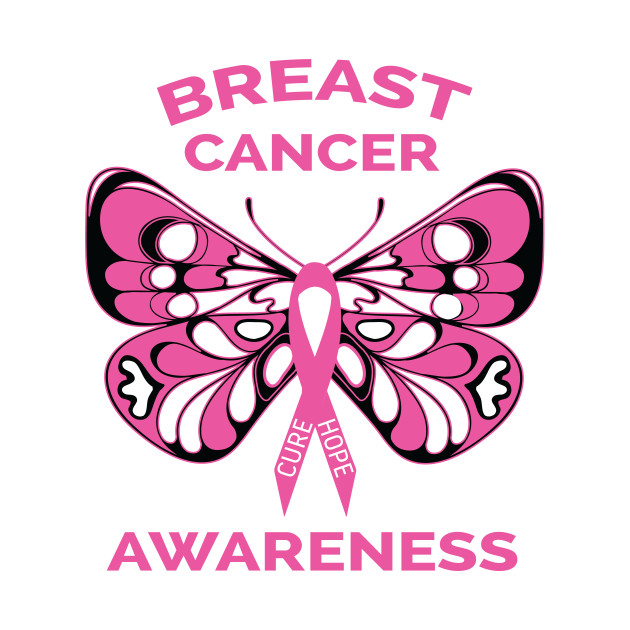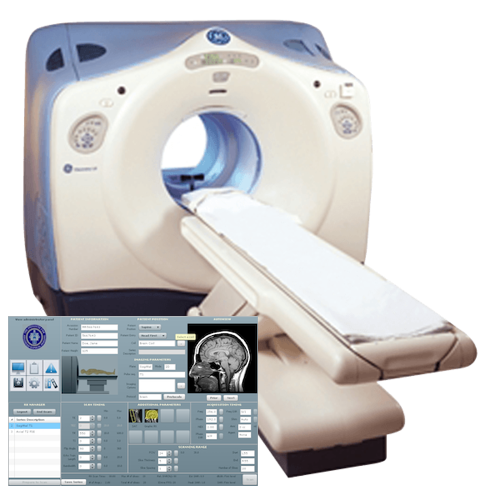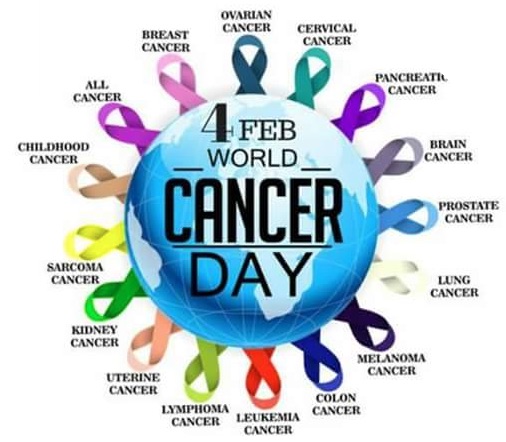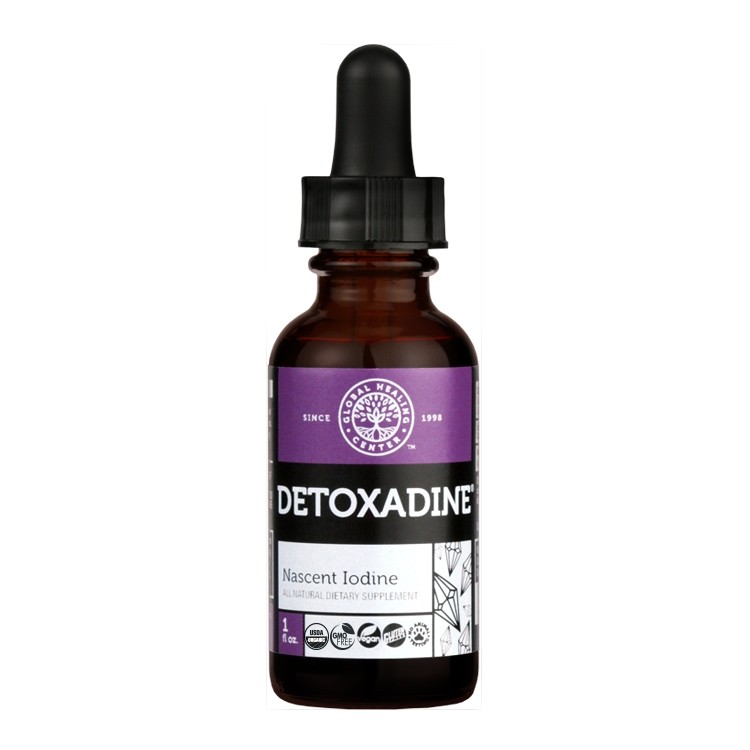|
Sulfur is called nature's "beauty mineral" because it keeps skin smooth and youthful and hair glossy. Sulfur is necessary for the production of collagen and keratin, proteins necessary for the health and maintenance of skin, nails and hair'
$14.95
Iodine is a trace mineral that is vital to the function of the thyroid gland. The human body does not make iodine, so all iodine intake must come from either our diet or from supplements.
|
|
Our Services >
Cancer is curable
Can Cancer be cured?
The cancers with the highest 5-year relative survival rates include melanoma, Hodgkin lymphoma, and breast, prostate, testicular, cervical, and thyroid cancer. Cancer is a disease that causes cells to grow and multiply uncontrollably in certain parts of the body. It may start in one part of the body and then spread to other areas. As a result, cancer can have a severe impact on the surrounding tissues and organs. Despite substantial investment and years of research worldwide, cancer remains the leading cause of death in the United States. The National Cancer Institute estimate that doctors will diagnose 1,735,350 new cases across the U.S. in 2018 and that 609,640 people will die from cancer in this year. Successful treatment may remove all signs of cancer from a person's body. Doctors describe this as being in remission. However, cancer can return after remission, sometimes many years later. Curing cancer would mean completely eradicating the condition without it coming back. Although this can happen for some people, there is currently no specific cure for cancer. Many factors influence the likelihood of successful cancer treatment, including the type of cancer. To understand the difference in outlook between cancer types, researchers often use a statistic called the 5-year survival rate. This figure refers to the percentage of people who survive for 5 years after the diagnosis of cancer. The 5-year survival rate does not indicate whether or not treatment has removed all signs of cancer, but it is useful for comparing the relative severity of different types of cancer. It is important to remember that many other factors influence survival, such as how early the doctors detect the disease. To provide a more accurate estimate of the outlook for cancer, doctors can also refer to 5-year relative survival rates. Relative survival rates compare people with a specific disease to those in the general population without the disease. They take into account the fact that other factors can impact on survival. These survival rates are primarily for cancers that doctors have diagnosed at an early stage. Breast cancer
People with stage 0 or 1 breast cancer have a high survival rate. The stages describe the size and location of the tumor. Stage 0 refers to the growth of abnormal cells in the breast tissue or lobules within the breast. At this stage, doctors do not consider it to be cancerous, but it can indicate very early signs of cancer. In stage 1 breast cancer, tiny tumors are present that: are typically less than 2 centimeters (cm) in size 2. Prostate cancer Prostate cancers have a 99 percent 5-year relative survival rate at stages 1 and 2. Prostate cancers either grow very slowly or do not grow at all, and they are very treatable. Prostate cancers that are not increasing in size may not require treatment if doctors do not consider them to be harmful. 3. Testicular cancer The 5-year relative survival rate for testicular cancer is 99 percent for localized tumors, which are those in the testicles, and 96 percent for regional tumors, which have spread to tissues or lymph nodes close to the testicles. In the early stages of testicular cancer, doctors can remove either one or both of the testicles to treat the condition. Testicle removal is an effective form of treatment. However, it is significantly less beneficial when cancer has spread. 4. Thyroid cancer Thyroid cancer has a 5-year relative survival rate of 98–100 percent at stages 1 and 2. The thyroid is a gland in the neck that produces hormones to support healthy bodily functions. Most thyroid cancers grow slowly, which allows more time for treatment to take place. Even when cancer spreads into surrounding tissues in the throat, removing the thyroid gland can be an effective method of eradicating it. 5. Melanoma
Person having moles on back inspected by dermatologist with magnifying glass to diagnose melanoma. Melanoma is a cancer of the skin, and it has a high survival rate because it is easy to detect in this part of the body. It is often possible to identify and treat melanoma in the early stages of its progression, which increases a person's chance of survival. However, without early detection, melanoma can spread beneath the surface of the skin and become more difficult to remove. 6. Cervical cancer Cervical cancer has a 93 percent 5-year relative survival rate at stages 0 and 1A. Early detection allows doctors to treat the abnormally developed cells before they can grow or spread to other areas of the body. Even at the later stages of cervical cancer, the cancerous cells grow at a very slow rate. As a result, treatment can still be effective. 7. Hodgkin lymphoma Hodgkin lymphoma has a 5-year relative survival rate of around 90 percent at stages 1 and 2. The high relative survival rate of Hodgkin lymphoma is due to it responding well to radiation treatment. This means that the survival rate remains high for people who have more advanced forms of this cancer. However, other types of lymphoma do not respond as well to treatment. Takeaway |
|
|

OPEN 24 HOURS: ACCIDENT EMERGENCY, LAB SERVICES, IMAGING SERVICES & PHARMACY

















